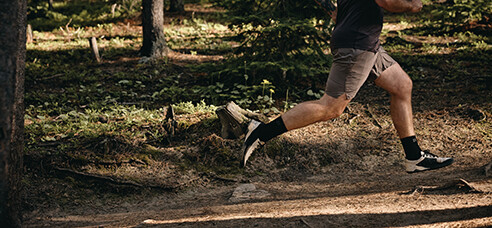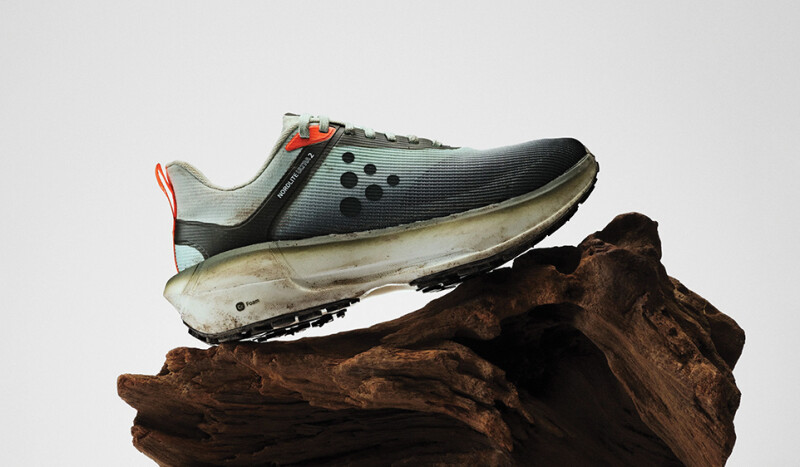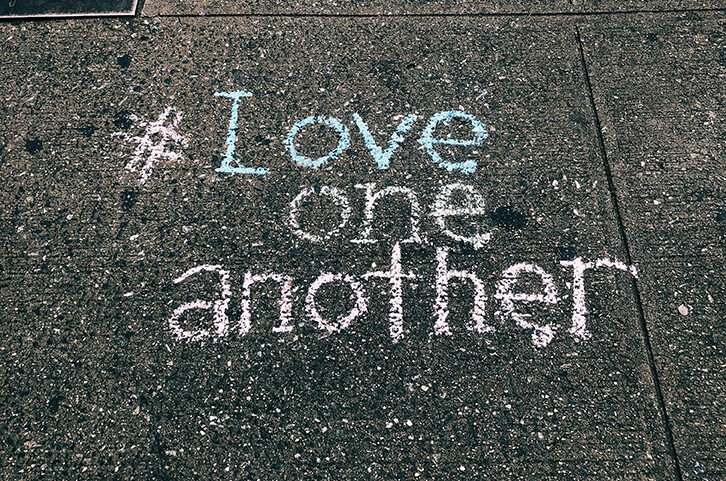Sustainability is here. No, not as a fad, but rather as the only path forward on this planet we call home and as an imperative element to being a thriving and successful running business or brand.
All of us know deep down that humans cannot keep living the way we are and still have a habitable planet for generations to come. The overwhelming majority of us know that climate change is here, caused by the choices of human beings, and is something we all need to collaborate on to solve.
Consumers and communities are speaking up about the importance of being respectful and considerate of the effect that consumer items will have on our planet. For an environmentalist like myself, that makes my heart happy, but it also brings along an anxious anticipation, because where momentum and movements come, corporations like to find loopholes to essentially take away all meaning of the words used to demonstrate that change.
Racing towards “net zero” is the current loophole being utilized by major corporations to avoid the hard work required for real change. Net zero means investing money into carbon “credits” (paying to offset the emissions put out into the world through the lifecycle of that product or service). While yes, this does fund organizations working to mitigate the effects of climate change, it also allows corporations like Shell, Amazon and Delta to continue on with harmful practices, avoiding doing the real work of reducing their emissions.
As a brand in the running space, you may not have the humongous budgets of Shell or Monsanto, but that does not mean that sustainability should not be a priority in the coming years or that the running community will let harmful practices go by without question. Running consumers are savvy. Running consumers do their research and are intentional with their purchases. Running consumers are becoming wise to greenwashing and as conversations continue to develop, companies that are not including sustainability as a core component will be left behind.
With that said, here are five ways to authentically commit to sustainability without appearing performative and risking it all.
1. Calculate your own carbon footprint
The biggest thing a brand or company can do is work to reduce the carbon footprint of each of their products to have a starting point. This means figuring out what carbon emissions are put out into the atmosphere through the manufacture of each item. This carbon footprint is measured in kg of CO2 per item and looks at the five phases involved in a product’s life cycle: materials, manufacturing, transportation, product use and end of life.
This sounds complicated, but Allbirds has done a lot of the work to make it easy. Allbirds has sustainability at the core of their business and recognizes that being a leader in the space means not holding their methods hidden away in a safe, but instead sharing the blueprint for others to follow.
Through its life cycle assessment tool, available on its website, a brand or business can calculate the carbon footprint of any product or service. Allbirds even created a manual to make it as easy as possible, along with a carbon footprint label to show commitment to reducing the number.
While the goal is to get the number close to zero, consumers will respect and appreciate the transparency of a brand that is honest and authentic, even if the number is higher than they would like. Running consumers and the greater community will recognize the courage and vulnerability required to publicly display that number and share that your business is working to lower it, increasing brand loyalty.
2. Go beyond one line of sustainable products
Many of the bigger companies begin by testing the water through offering one line of products that are made sustainably. This is intended to assess whether consumers genuinely care about sustainability — but the problem is, this is not an accurate assessment, especially when combined with a higher price tag and a limited period of time.
Another issue is that those selling the items in running stores, at expos and other events need to be educated on how they are different from the other lines offered by your brand. It is difficult to do so when only partial commitment is available and can actually be more harmful to your brand. It shows that there is the potential to make changes to the phases of production and transportation, but gives the impression that the brand just does not care enough to follow through.
While customers who are passionate about environmentalism will be prepared to swallow the extra cost, in most cases, it is never going to work as a way to display commitment to sustainability.
Rather than offering one line, work on reducing one element of the materials, production and delivery of all items. As most of the kg carbon comes from materials and manufacturing, consider what changes can be made to reduce this number across all of your items. This is the important work that will pay off in the years to come.
3. Be transparent about your material's makeup
Using recycled materials is becoming a trend and a way to lure consumers into thinking that they are purchasing items that are “good for the planet,” without understanding the meaning of recycled materials. This greenwashing tactic involves claiming that a product is made of recycled materials, when only a small percentage of it is.
When a tag says that it is made with recycled materials, but the label is the only part that is, it is at best, ignorant, at worst, manipulative, and will cause customers to have disdain for your brand for years to come once they figure it out.
When it comes to materials, making products that are vegan has become a popular way to declare commitment to the planet, but many consumers are unaware that vegan products are made from petroleum, which contributes to climate change in a major way. Once again, consumers are trying to do something that is better for the environment, even though it is more expensive, but are adding more fossil fuels into rotation.
Finding materials that are naturally derived and long-lasting, such as Merino, castor beans and even sugar cane, is a far better investment than vegan products. Technology has come a long way with what we are able to create and make durable through natural materials; it is time we make the most of that.
4. Get a third-party certification
Words like “eco-friendly,” “natural,” “green,” and even “sustainable” have lost a lot of meaning. Getting a third party certification does the work for you to make you stand out from the crowd and demonstrate your commitment to sustainability.
While this requires a commitment to completing the work needed to reach the standards and a financial investment to sustainable practices, the payoffs are big. Consumers now understand the importance of third party certifications and by having one of these, brands can get an automatic respect and trust from consumers who will be loyal for years to come.
The market you are in will determine which of these (ideally multiple) certifications works best for your business. Certifications can go from investment of profits to environmental action through 1% for the Planet, to the power of recognition worldwide that comes with getting a B Corp certification, while a Cradle to Cradle certification proves commitment to moving towards a circular economy.
These certifications are often featured in the media for consumers to know which brands to trust. Those who have them proudly display the certification logos on their products to show the actual work that has been done.
Some other certifications that may be relevant include becoming FSC certified, Green America’s Green Business certified, Fairtrade certified and Rainforest Alliance certified.
5. Be a leader
Sustainable leaders obsessively focus on reducing their carbon footprint, knowing that the time is coming when carbon labels are as common as food labels on packaged products.
Sustainable leaders are paving the way for others to follow. Customers want something that looks good and feels good, but increasingly they want to purchase a product from a brand they believe has a heart, that they believe is doing the best they can to make the world a better place.
By setting sustainability as a focus now, you will be set up for financial success, while also being able to sleep at night knowing you are making this world a better place.
All of these methods require work and a financial outlay. There is no way around it and of course it is easy to ignore this article and get back to doing what it feels like everyone else out there is doing: the bare minimum. Sure, you may be able to get by for a few more years with these practices, but then have to have a massive investment or change when the industry is in a reckoning.
Just as the maternity and pregnancy clauses in shoe contracts kicked up a big negative media storm for the brands who left their contracts as they were, hoping for the best, it eventually came back to get them. Sustainable practices are here to stay and you get the choice of whether to be a leader who makes changes from a wholesome and genuine place or are playing catchup for years to come.
The choice is yours.
About the Author
Tina Muir is the founder and CEO of Running for Real, host of the award-winning podcast of the same name and co-host of Running Realized. Instagram @tinamuir88
.






